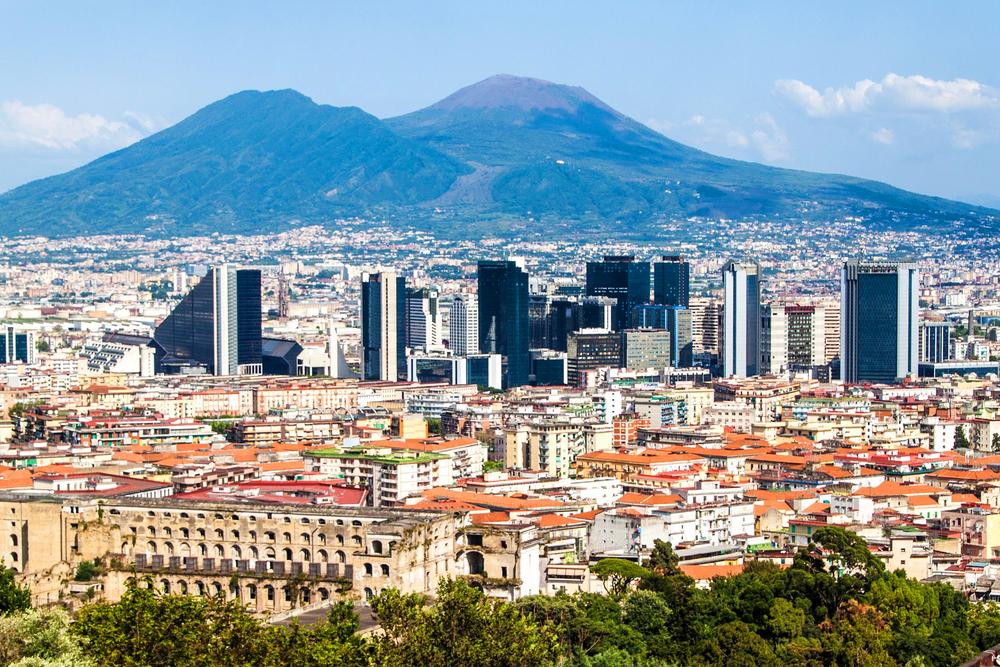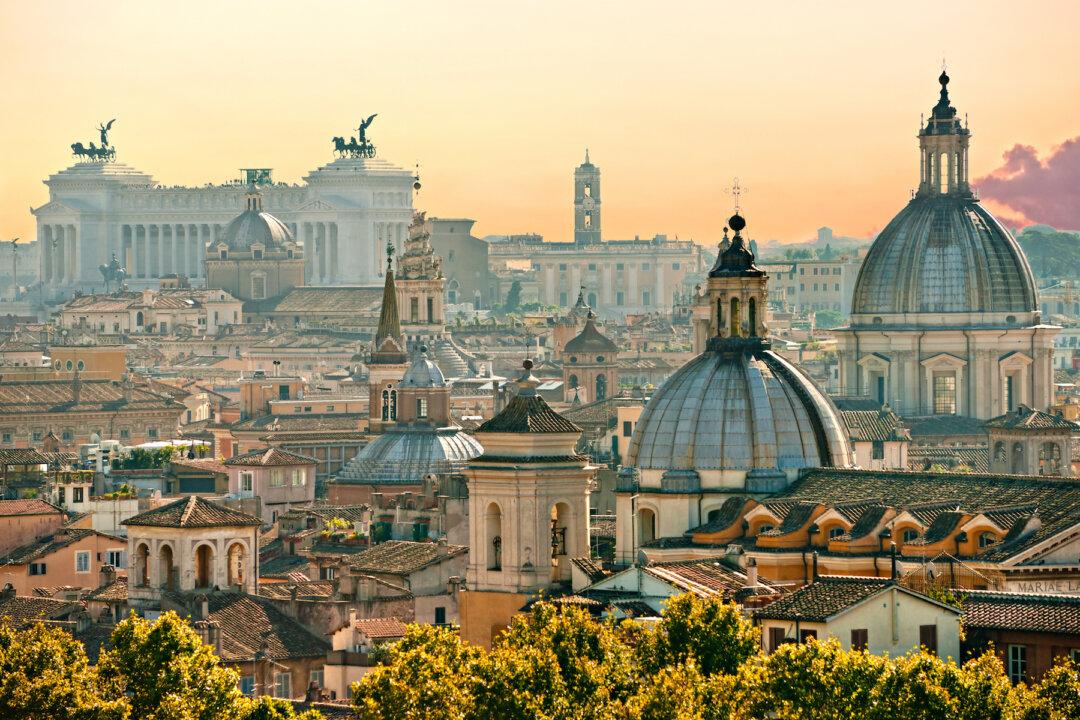Naples is the third-largest city in Italy after Rome and Milan, but during its nearly 3,000-year history, it has never been the favorite child of the Italian peninsula. Accustomed to making it on its own, it has grown robust, but it’s a bit rough around the edges.
The streets are based on an ancient Greco-Roman order: Three parallel streets running east-west are intersected by a series of smaller streets running north-south, of which one is Via Duomo, where the medieval Il Duomo, also known as Cathedral of the Assumption of Mary, rises over the rooftops.



